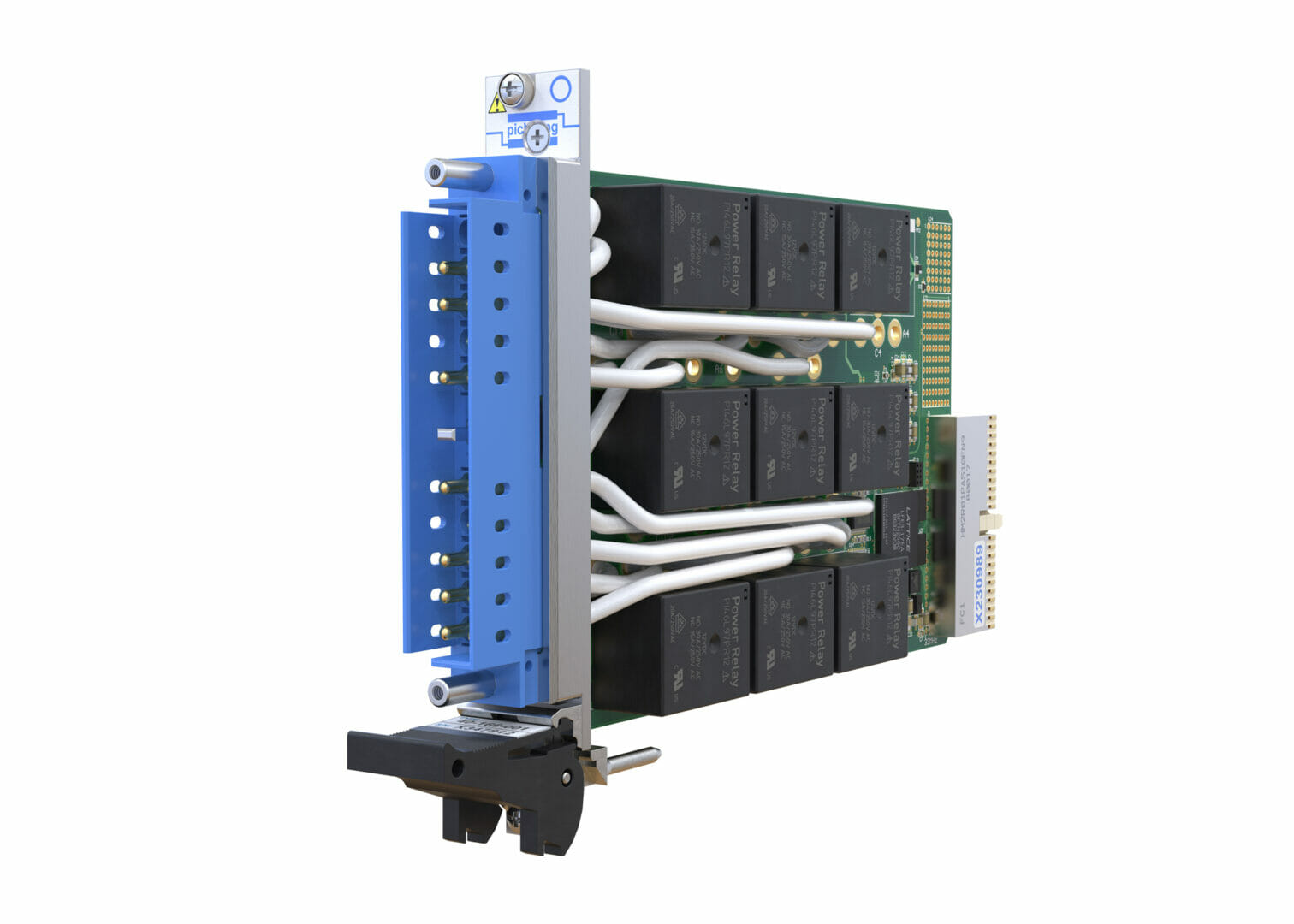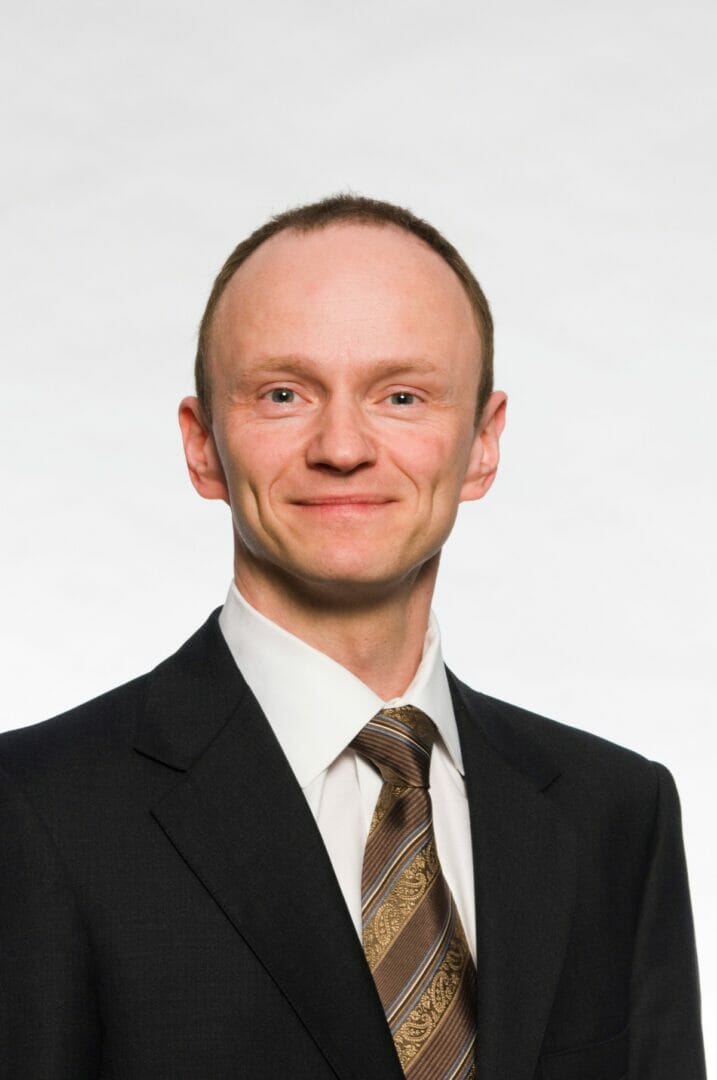Although additive manufacturing (AM) has existed for over forty years, the technology is still progressing as new materials and printing processes continue to be developed. This evolution is laying the groundwork for strong growth in the long-term despite the momentary detrimental impact of COVID-19 on the AM market. In the recently published report “Metal Additive Manufacturing 2020-2030“, IDTechEx reveals that the metal AM market will decline before rising to exceed $10bn within the next decade.
Key trends and innovations
The numerous advantages of powder bed fusion (PBF), the practice of melting metal particles together using a heat source, have made it a prominent form of metal AM. For example, PBF printers have a high resolution and currently have a greater choice of materials than other methods such as binder jetting, which gives PBF broader market appeal. Through in-depth discussions with multiple industry leaders, IDTechEx found that PBF is likely to remain a key process in the field of metal AM in the next decade as demand for and revenue of PBF materials and printers will occupy the majority of the metal AM market for years to come.
This dominance can be attributed to the sustained interest in PBF. Indeed, numerous players continue to widen the applicability of this technology by developing new approaches and alloys. This article discusses key trends and emerging innovations in PBF. It also highlights the remaining shortcomings of PBF and provides insights on how to address them.
- Pushing the build envelope
PBF processes typically have size restrictions for their build envelope. However, manufacturers are striving to push that boundary, and PBF could help to produce large parts at an affordable cost. For instance, SLM Solutions’ SLM 800 has a build envelope of 500x280x850mm, which is higher than the maximum build volume of most metal AM printers. Velo3D’s Sapphire system, meanwhile, has a cylindrical build volume reaching 1,000mm in height and 315mm in diameter. By comparison, GE Additive’s M2 Series 5 printer, a top-selling printer, has a build envelope of 250x250x350mm.
- Increasing production rate
Various parameters in PBF processes can be modified to promote high productivity. For example, production rate and volume can be enhanced by having multiple lasers on multiple axes inside PBF machines, such as in TRUMPF’s TruPrint 1000 or TruLaser Cell 3000. Another example is EOS M 400-4, which has four lasers and reportedly reaches productivity levels up to four times higher than conventional methods. It is important to not focus exclusively on deposition rate; as stated by GE Additive, “CC/Hr can be useful for measuring specific deposition rates, however, it really doesn’t tell the full economic story.”
- Complex parts without supports
It is now becoming possible to build complex parts without supports. This not only eliminates the need for post-processing, but it overcomes the “45-degree rule” – a boundary requiring supports at angles less than 45 degrees. Removing the need for supports enables the production of more intricate geometries, thereby providing more design control and freedom for users. More information is available in IDTechEx’s report “Metal Additive Manufacturing 2020-2030“.
- Low-cost variants
PBF processes currently service high-value industries, and most printers cost over $1M when everything is considered. As a result, “desktop” or cheap/affordable metal printers costing $100K or below are on the rise. These small printers are designed to make this technology more accessible and ideal for research, prototyping, and small replacement parts. Various companies, such as TRUMPF spin-off company One Click Metal, make low-cost PBF machines. IDTechEx’s recent article “Metal Additive Manufacturing: The Cheaper the Better?” discusses this trend and competitive processes in more depth.
- Facilitating new powder development
Whilst innovations in hardware have been key to establishing PBF as a viable metal AM technology, the emergence of new materials can expand its range of applications. There is a growing movement in this industry to develop new methods for powder production by addressing inherent issues with current approaches. Various factors can complicate the generation of metal powders, and the metal AM space is seeing the emergence of start-ups seeking to solve these challenges.
Powder purity and size distribution are important considerations. To address these concerns, 6K (formerly Amastan Technology) use a microwave plasma system with a very high yield for Inconel and titanium alloy production, while Equispheres have developed a novel approach to generate highly spherical powders with a narrow particle size distribution.
Material cost is also a recurring issue in powder development. As a result, there is a growing consensus to recycle and re-use whenever possible. For instance, GH Induction claims to salvage 97% of unused powder for subsequent re-use in the next production cycle. Another approach is to turn scrap titanium into usable AM powder and upcycled titanium parts. Tekna, MolyWorks, and 6K, previously mentioned, and more are all progressing in this field, with 6K acquiring AL Solutions for this.
More information on recent innovations in PBF material can be found in IDTechEx’s recent article “9 Materials Science Start-Ups Changing Metal Additive Manufacturing“.
Concluding remarks
Despite recent innovations, PBF remains an imperfect AM method as it has multiple disadvantages that restrict its applicability. Parts manufactured through metal PBF techniques can have imperfections that must be amended during post-processing. At a minimum, post-processing of these parts requires removal of unsintered powder, removal from the platform and support removal. Problems with the part’s appearance, such as the presence of “layer lines” (the staircasing effect), mean that the part often needs to be polished. In addition, the mechanical properties of parts made using PBF sometimes need to be optimized after printing. For instance, heat treatments are often necessary to remove porosity and reduce internal stresses. Other developments have been made beyond this, such as with software for manufacturing and management. These advancements are designed to improve the quality of manufactured parts by allowing the user to better supervise the entire printing process, from design to inspection, while providing more control over each step.
IDTechEx’s report “Metal Additive Manufacturing 2020-2030” is not limited to just PBF but consolidates and benchmarks thirteen metal AM processes. It also contains over fifty company profiles detailing the approaches to metal AM across the industry, from start-ups to large corporations. Importantly, the report provides granular market forecasts of installed base, demand and revenue segmented by technology, alloys and more for both printers and materials. For more information on this metal additive manufacturing market report, please refer to www.IDTechEx.com/MetalAM, or for the full portfolio of 3D Printing research available from IDTechEx please visit www.IDTechEx.com/Research/3D.
IDTechEx guides your strategic business decisions through its Research, Consultancy and Subscription products, helping you profit from emerging technologies. For more information on IDTechEx Research and Consultancy, contact [email protected] or visit www.IDTechEx.com.







